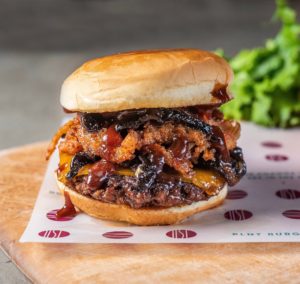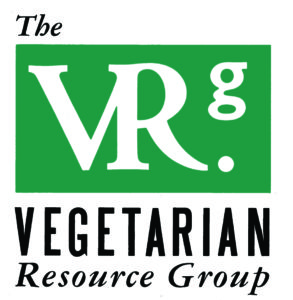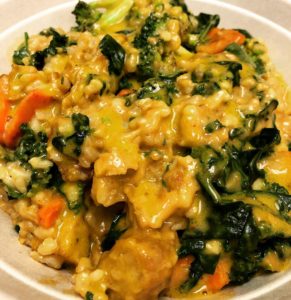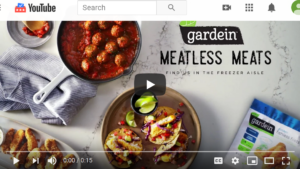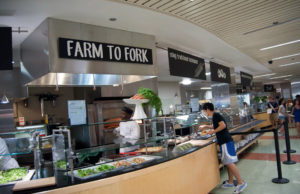Vegan Restaurants Added to The Vegetarian Resource Group’s Guide to Veggie Restaurants in the USA and Canada 0
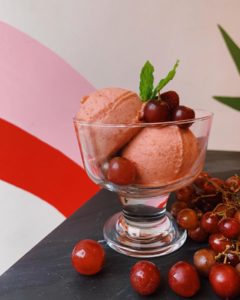
The Vegetarian Resource Group maintains an online Guide to Vegan/Vegetarian Restaurants in the USA and Canada. Here are some recent vegan restaurant additions. The entire guide can be found here: http://www.vrg.org/restaurant/index.php
To support the updating of this online restaurant guide, please donate at: www.vrg.org/donate
Here are some new additions to VRG’s guide (Note: Due to the COVID-19 pandemic many are doing take-out and/or delivery now):
Besina, 334 S. Water St., Providence, RI 02903
Totally vegan and palm-oil free, this restaurant serves unique meals and drinks inspired by Latin-American cuisine. With a view of the Providence river and skyline, Besina also has a bar serving up a large selection of tequila, wine, and unique cocktails. Try one of the many sharing plates, taco options, or delicious desserts. They also serve brunch on weekends, offering classic items like Bloody Mary cocktails and Huevos Rancheros.
Brew Street, 4610 N. Garfield St., Midland, TX 79705
Enjoy freshly baked cinnamon rolls, burger, sandwiches, salads, pizza, mac & cheese, pastries, as well as a kids’ menu. Mouth Watering Options include Street Tacos=Mexican street tacos with a vegan twist; Bossy Boots Burrito=savory vegan burrito any way YOU like it; and Mango Quinoa Salad.
Chef Kenny’s Vegan Dim Sum, 5570 W. Flamingo Rd., Las Vegas, NV 89103
They have a huge menu with appetizers, sushi, salads, soups, main dishes, and dessert including ice cream and cheese cake.
El Punto Vegano, 6 Calle Wilson, Cataño, PR 00962
From loaded vegan potatoes to tacos to burgers to vegetable soup with kimchi, El Punto Vegano offers a wide variety of dishes. Find them on Instagram to view their fusion menu and videos of many of their delicious vegan options.
Grass Fed, 980-982 Monroe Ave., Rochester, NY 14620
This totally-vegan butcher shop in Rochester, New York, recreates your favorite meat products without the animal! With a low-carb, high protein ingredient called vital wheat gluten, they make healthy, delicious vegan meat products that have similar texture and taste to the real thing! With everything from bacon, to brats, to chicken, to beef; Grass Fed has it all! Or order special-occasion products like the Holiday Roast or Thanksgiving Soy Curls in Gravy.
Hue Café & Apothecary, 10210 S. Dolfield Rd. Lower Level, Owings Mills, MD 21117
This plant Based café and tea bar’s menu includes entrées, sides, desserts, cold drinks, and lattes. They advertise “Baltimore’s Best Vegan Cheesesteak” and it sure looks like it. The Black Garlic Mac (and cheese) and Forbidden Black Rice both are not only unique, they sound delicious. Outdoor seating available.
Hungry Vegan, 2 E. Lathrop Ave. #1, Savannah, GA 31415
Offers a healthier twist on Southern favorites. Among menu items that include the Impossible Burger and fried cauliflower, the Mac & Cheese as well as the Big Vegan Soul Food Plate are the apparent stars. Portions are generous, and the customer service is consistent with true Southern hospitality. Don’t forget the sweet tea or the lemonade to accompany your meal, and leave room for the vegan chocolate chip cookie for dessert!
Liora, 414 Light St., Baltimore, MD 21202
Enjoy fine dining near Baltimore’s Harbor. Weekend brunch items include Hazelnut Waffles, Kimchi Scramble, Mac & Cheese, Cheesy Grits, Braised Greens, various desserts, and more. Dinner dishes include Old Bay Chips and Scallion Dip, “Crab” Cake, Raw Heirloom Tomato Lasagne, Plant Burger, Curried Cauliflower, and dessert items such as NY Cheesecake and Chocolate Caramel Crunch. Reservations suggested.
On Third Thought, 6 Markham St., Toronto, ON M6J 1E4 Canada
Enjoy Gelato & Wine Pairings… for real! Daily Flavor Menu features yumminess such as mint chip, cookies n’ cream & mango, and more. You can even try Prosecco Pour Over – any scoop of sorbet topped with prosecco.
Plant Based Heat, 669 S. Highland St., Memphis, TN 38111
Ralph Johnson, aka the radio personality RJ Groove, boasts he can make almost anything vegan. At his restaurant Plant Based Heat, just South West of the University of Memphis campus, he focuses on vegan versions of Southern-style comfort foods, like hot wings, corn dogs, Italian sausage sandwiches, Oyster Mushroom nuggets, and, burgers with Smoked Beyond Meat patties and vegan cheese and bacon. Whether you choose the more whole-food-based or more processed veggie meat and cheese options, you’ll be sure to get a flavor-packed, hearty meal. Also does themed nights with special menus, like Vegan Seafood Boils, Taco Tuesdays, and Vegan Barbecue Spreads.
Sauce Co. Shoppette, 4300 S. Wayside Dr., Ste. 102, Houston, TX 77087
Located in Wayside Business Center in Gulfgate/Pine Valley, this black-owned all-vegan storefront sells refrigerated Grab N Go meals, snacks, specialty vegan items like agave sweetener and jackfruit, vegan merchandise, and items by local artisans. Run by the company behind the Houston Sauce Kitchen food truck and Houston Sauce Pit BBQ Food Truck, its Grab N Go meals are similarly delicious comfort foods, and it stocks their full range of sauces, including several kinds of hot sauce and BBQ sauce, Asian Zang, trill sauce (remoulade), and more.
V Spot Express, 12 St. Marks Pl., New York, NY 10003
V Spot Express, operating out of the St. Marks Vegan Food Court, offers vegan Mexican dishes including burritos, empanadas, and more.
